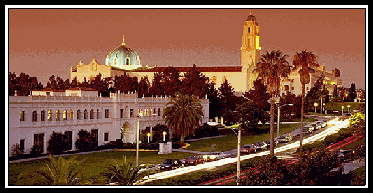
MANAGERIAL DECISION MAKING
 |
| Fall 2003 |
 |
Graduate Business Administration 509 MANAGERIAL DECISION MAKING |
|
|
|
| | HOME | SYLLABUS | CALENDAR | ASSIGNMENTS | ABOUT PROF. GIN | |
|
Answers to Recommended Problems Chapter 14 12. This will be answered in two ways:
The appropriate investment policy is to invest in stage A and invest in stage B if stage A fails, but not to go on to stage C if stage B fails. The expected profit is 1.4. |